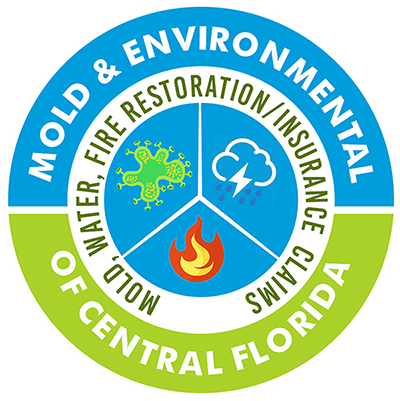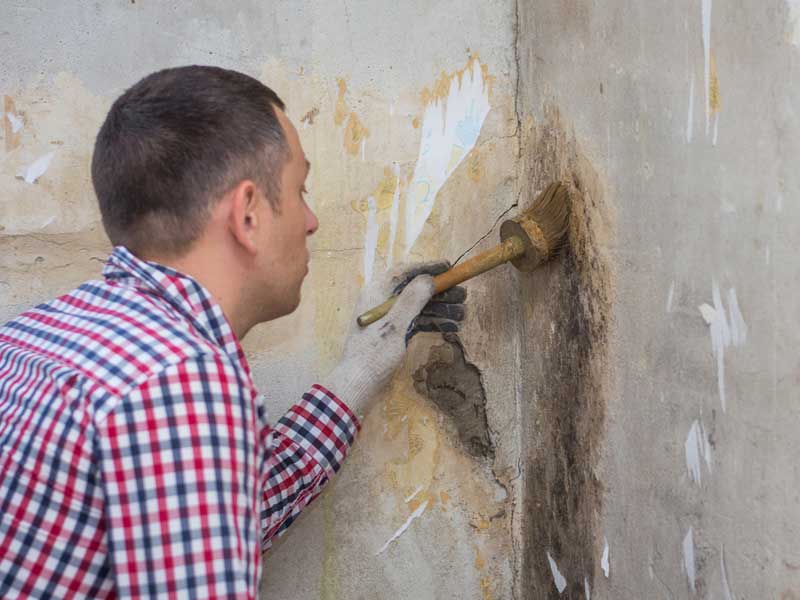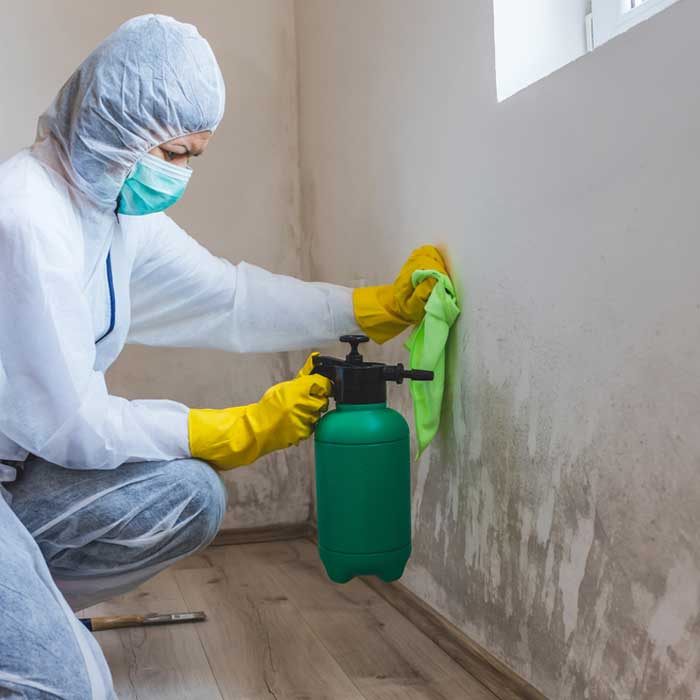Common types of molds in Florida
Molds are often known for the damage they can cause to your residential and commercial property. However, it is often unknown to homeowners that different molds have other impacts on your health, property, and assets. There are many kinds of molds, but some of the most common ones include the following:
Aspergillus: This is a type of mold that is commonly found in indoor environments and can cause health problems for some individuals. Aspergillus can grow on various organic materials, including wallpaper, carpet, and insulation.
Penicillium: This is a type of mold that is commonly found in damp environments, such as basements and bathrooms. It can cause respiratory problems and skin irritation for some individuals.
Stachybotrys chartarum (Black Mold): This is a type of mold that is commonly found in homes with water damage and high levels of moisture. It can produce toxic substances called mycotoxins that can cause health problems, especially for people with weakened immune systems.
Cladosporium: This mold is commonly found in outdoor environments and can grow indoors on wood and fabrics. It can cause respiratory problems and skin irritation for some individuals.
Alternaria: This mold is commonly found in outdoor environments but can grow indoors on wallpaper and textiles. It can cause respiratory problems and skin irritation for some individuals.
Fusarium: This is a type of mold that can grow on a variety of organic materials, including carpet and upholstery. It can cause health problems for some individuals and can also cause damage to crops and other plants.
Should I contact mold remediation experts for mold issues in Fort Lauderdale?
Whether you need professional mold remediation services in Fort Lauderdale depends on several factors, such as the size of the mold problem, the type of mold, and the location of the mold growth. If you have a small amount of mold growth (less than 10 square feet), it may be possible to clean it yourself using household cleaning products and personal protective equipment. However, if the mold growth is more significant, or if you have health concerns related to mold exposure, it is recommended to seek the services of a professional mold remediation company.
Professional mold remediation companies have the experience and equipment necessary to safely remove mold and address the moisture source leading to mold growth. They can also help prevent future mold problems and restore the property’s value.
Suppose you are still determining whether you need professional mold remediation services. In that case, it is recommended to have a mold inspection conducted by a certified mold inspector to assess the extent of the mold problem and determine the best course of action.
Mold and Environmental for mold remediation in Fort Lauderdale, Fl
While there are many mold remediation experts in Florida, our company is built on a reputation of years of professional work experience. We deliver high-quality professional services built on professionalism, support, and convenience. Our affordable mold inspection and remediation services will give you all the solutions you want. Here is a stepwise process for mold remediation:
Mold inspection
One of the most critical steps of mold remediation is mold inspection. This step will lead to the identification of molds and finding their potential damage. The mold inspection process by professionals typically involves the following steps:
- Initial Consultation: The inspector will meet with the property owner to discuss mold growth concerns and potential sources. They will also review the property history and any previous mold-related issues.
- Visual Inspection: The inspector will inspect the property, including the interior and exterior, to look for visible signs of mold growth and water damage.
- Moisture Testing: The inspector will use moisture meters and other equipment to assess the moisture levels in the property, which can help identify areas at risk of mold growth.
Mold testing
The next stage is mold testing, where the mold sample is collected from your property and sent to our advanced laboratories for testing. There are two main steps in this stage.
- Sampling: If necessary, the inspector will take air and surface samples to determine the property’s type and amount of mold. The samples will be sent to a laboratory for analysis.
- Report Generation: Based on the results of the inspection and testing, the inspector will generate a detailed report that includes a description of the mold growth, the extent of the problem, and the recommended remediation steps.
Mold remediation and mold removal
The next and most crucial step for homeowners is the remediation process. While often confused with mold removal, remediation is finding a long-lived solution for the mold damage instead of removing it. Experts will look into your property, and the type of mold impacting it and find a sustainable solution to prevent the crack in the long run.
On the other hand, mold removal is a process by which professional mold remediation experts will help you decide what to keep and what to throw away after the mold damage. It is essential to get rid of the things that are impacted by molds can they can be a source of mold regrowth after the service. Many ask how mold professionals decide what to keep and what to throw away after mold infestation.
Professional mold remediation companies determine what items must be thrown away due to mold damage by evaluating the extent and type of mold growth and the materials affected. Some common factors considered when making this decision include:
- The extent of Mold Growth: If the mold growth covers a large surface area or is growing on porous materials such as drywall, carpet, or upholstery, it may not be possible to remove the mold, and the affected items entirely may need to be discarded.
- Type of Mold: Certain molds, such as black mold (Stachybotrys chartarum), can produce toxic substances that can harm human health. In these cases, it may be necessary to discard contaminated items to ensure the safety of the occupants.
- Material: Some materials, such as paper and cardboard, can be quickly colonized by mold and may need help to clean them effectively. In these cases, it may be necessary to discard the affected items.
- Age and Condition: Items that are old or in poor condition may be more susceptible to mold growth and need to be cleaned more effectively. In these cases, it may be necessary to discard the affected items.
The decision to discard items affected by mold damage is typically based on a combination of these factors. A professional mold remediation company makes it in consultation with the property owner. Suppose you have concerns about the extent of mold damage and the need to discard items. In that case, it is recommended to seek the services of a professional mold remediation company for a comprehensive evaluation.
Air quality testing
Air quality testing is another indicator of the indoor air quality index. The ideal air quality index range from 16-31, whereas 32-49 is considered moderately alright. Anything above this level is considered a health hazard for the people in its vicinity. Professionals undergo air quality testing to check the impact of mold and other air contaminants on your property and devise tailor-fit solutions to find remedies to these problems.


